Lux Aeterna delivered the VFX for the landmark series from Netflix, Our Universe, which features a blend of cosmological science and natural history and was directed by Naomi Austin, Stephen Cooter, and Alice Jones. Narrated by Hollywood actor Morgan Freeman, the show takes viewers on a visually stunning journey to learn how all the ingredients for life ended up on Earth. Lux Aeterna worked closely with client BBC Studios Science Unit on producing more than 700 shots for the six-part series, with the series including a virtual production shoot with a live bear and a reconstruction of the formation of our moon, using scientific data from Durham University.
Lux Aeterna’s work on the 18-month project included cinematic recreations of cosmic events, from the Big Bang to galactic collisions, as well as perfecting some of the show’s real-world wildlife scenes to show how the animals’ lives are connected to the Universe. One particularly challenging scene demanded showing an Alaskan Peninsular Brown Bear settling down to hibernate for the winter in response to the Earth’s orbit. The sequence was vital for the series’ storytelling but difficult and potentially dangerous to capture in the wild. Instead, a virtual production LED volume stage was used.
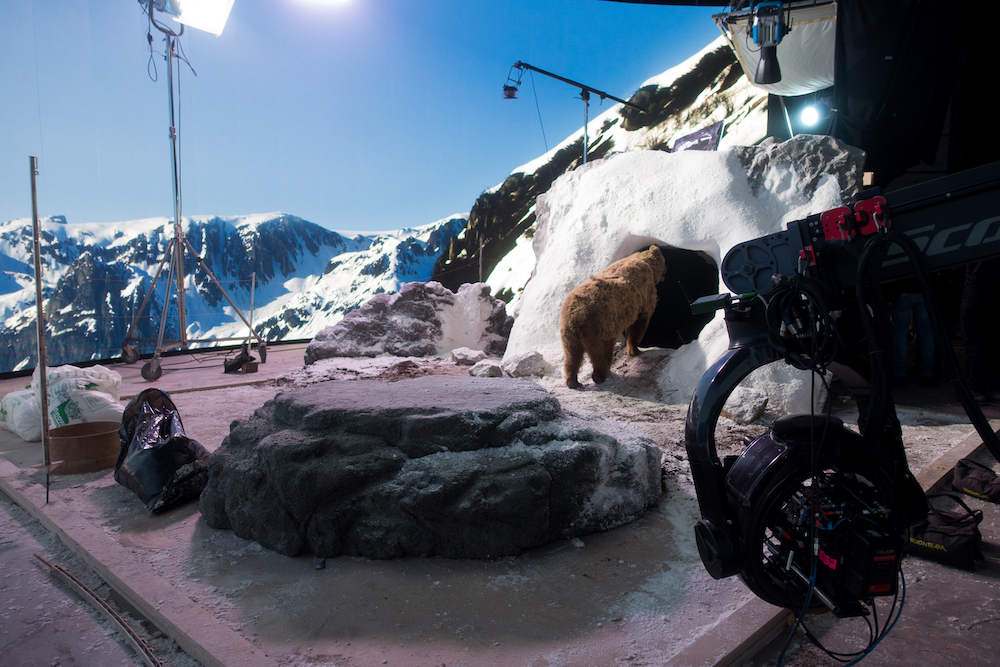
Bearing Down
Shooting in a widescreen 2.39:1 aspect ratio, real-life footage captured on location in Alaska was blended with virtual, archival, and computer-generated shots to achieve the final sequence. A physical bear cave replica was constructed for the studio shoot, while a European brown bear called Koda was provided by professional animal training company Horkai, working with a UK-based animal consultant to ensure that the bear was well cared for throughout. Shots were captured using a Technocrane, with an LED wall displaying the virtual mountain backdrop. A Sony Venice was used, as its high ISO base was ideal for the low lighting conditions needed for the bear’s sleeping environment. This was coupled with vintage Hawk anamorphic primes and a Cooke anamorphic zoom to achieve the overall look.
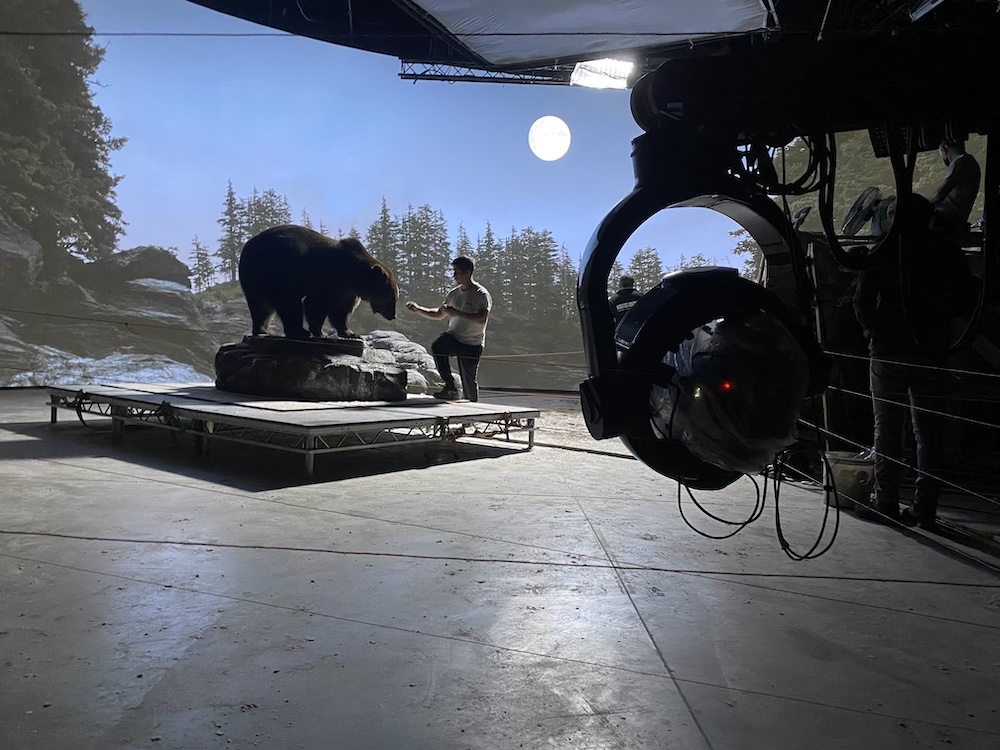
Stephen Cooter, Emmy award-winning Director/Producer on two Our Universe episodes, including the virtual production shoot with the bear, says: “Our Universe is incredibly ambitious in terms of its storytelling. To convey the sheer scale of the stories – that might jump from intimate wildlife footage to galactic-scale events – a cinematic shooting style and VFX were combined to create an artistic, almost magical, interpretation of the lives of our hero animals and the cosmic events that shaped them. The relationship with Lux Aeterna was vital to delivering the look and drama of the series.”
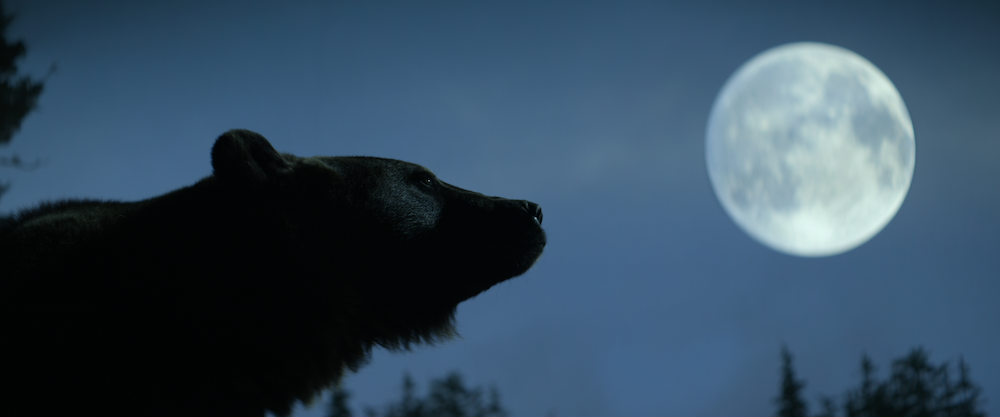
The relationship with Lux Aeterna was vital to delivering the look and drama of the series.
Director, Stephen Cooter
Another unique element of the production saw Lux Aeterna creating a stunning cinematic sequence of the formation of Earth’s moon, using data from Durham University. Dr. Jacob Kegerris, a postdoctoral researcher at the university’s Institute for Computational Cosmology (ICC), who is currently based at NASA’s Ames Research Center in Silicon Valley, provided simulation data that Lux Aeterna used to produce a photo-realistic recreation of the explosive collision of early Earth with a giant Mars-sized rock.
The Great Barrier
Another episode focused on the life cycle of the great sea turtle and the environmental and physical constraints of the remote sandbanks of Australia’s Great Barrier Reef, which made for a challenging shoot. Dale Bremner, ASC, director of photography on this episode of Our Universe, says: “I needed a balanced base set of anamorphic lenses that held up in low light, with minimal distortion, a uniformed casing, a realistic minimal focus range, and a strong visual consistency. Panavision’s G series anamorphics ticked these boxes perfectly. I combined them with the Sony Venice for its resolution, high ISO capabilities, and internal NDs for most of the on-land sequences.”
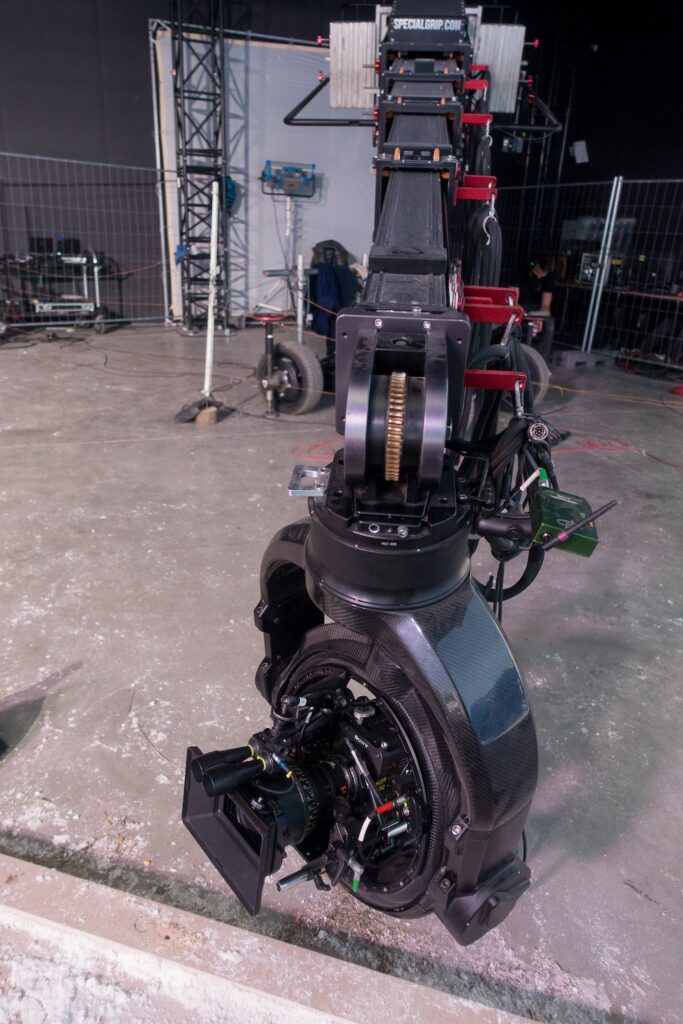
“When the G series were pushed beyond their limits in low light and minimum focus, I supplemented them with Panavision Primo spherical lenses to match the G’s aesthetically,” Bremner continues. “A Panavision super macro 90mm was also used to capture hero shots of our baby turtles emerging for their first time, as diopters can distort and amplify resolution loss”.
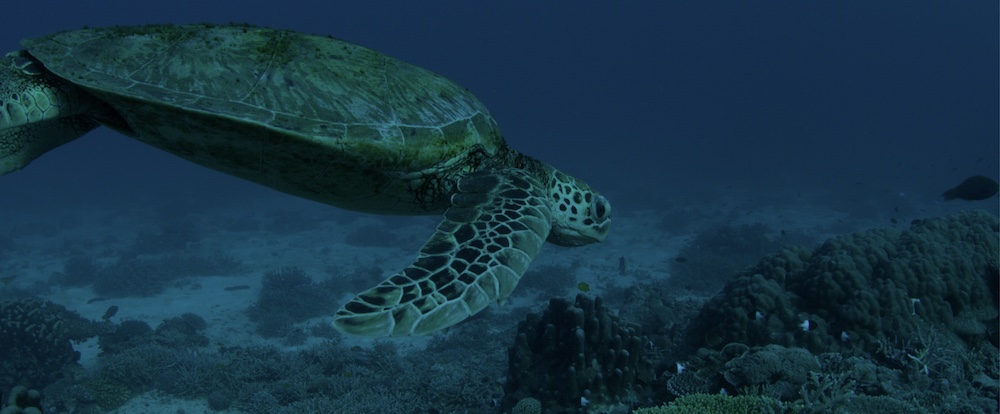
Paul Silcox, VFX Director at Lux Aeterna and VFX Supervisor on Our Universe, says: “We delivered on our brief to create a cinematic experience, forming a close working relationship with both BBC Studios and Netflix. Many stories featured in Our Universe have been told before, so we had to find a new way to show them with an engaging narrative while still keeping that cinematic look. I’m proud of everyone at the company who worked on the project.”
For more information, please visit https://www.netflix.com/title/81243961 and https://www.lavfx.com.
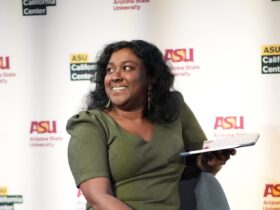
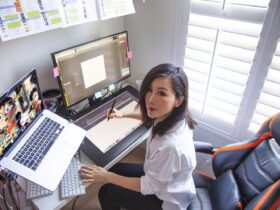
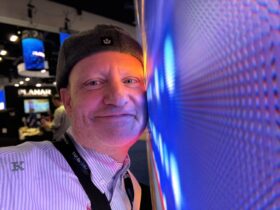
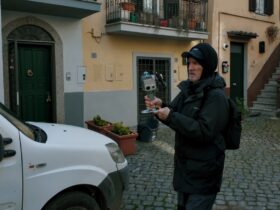
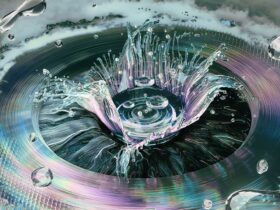
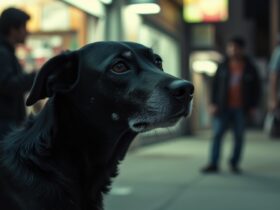
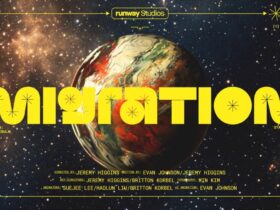
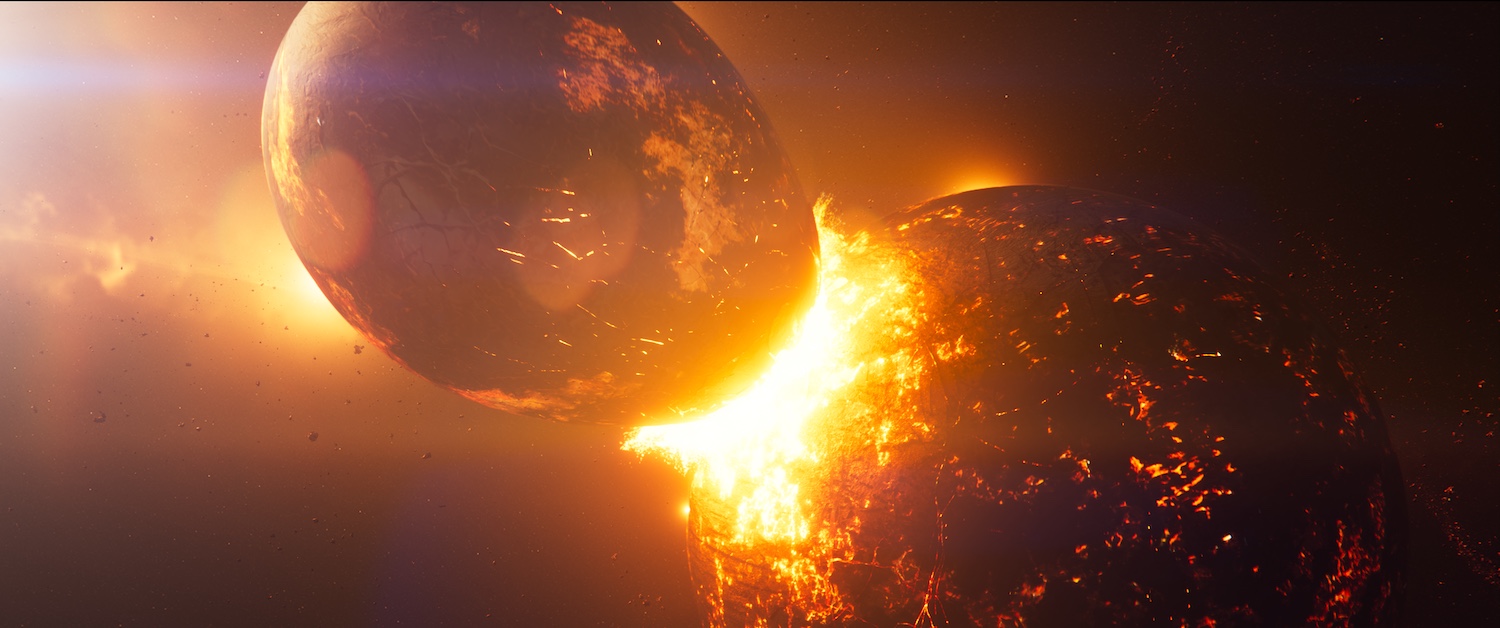
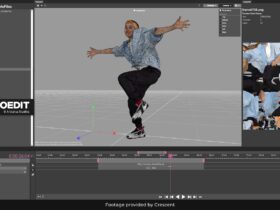
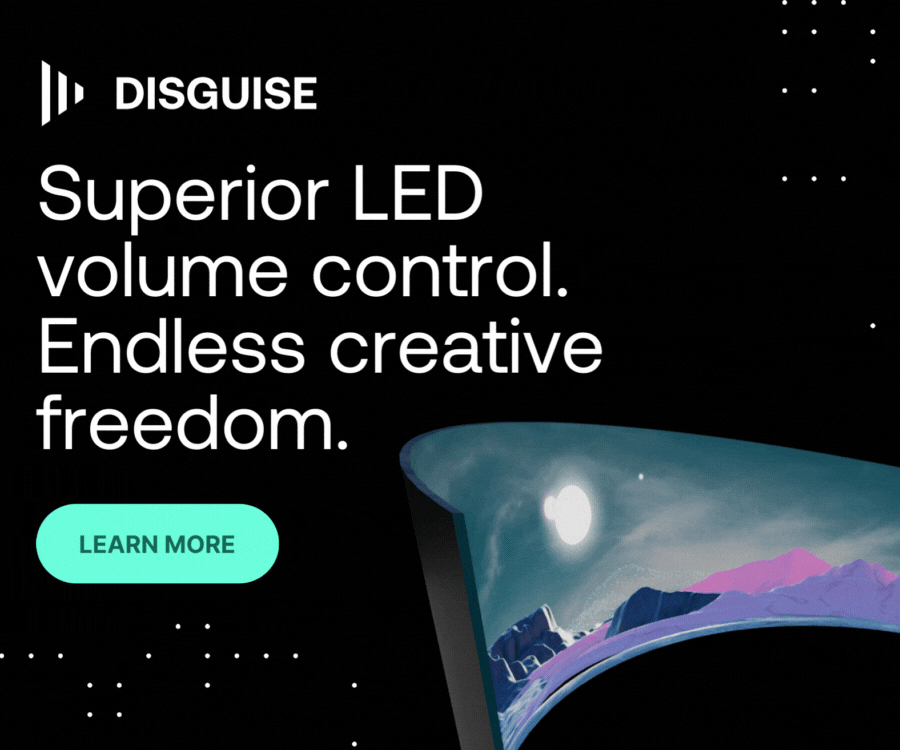

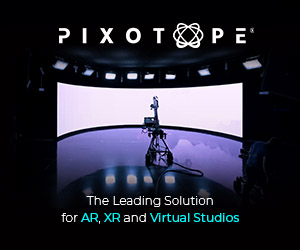
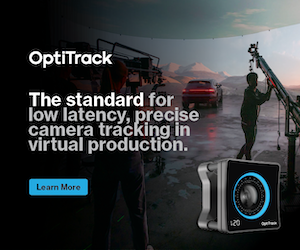

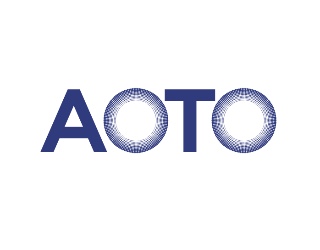

Leave a Reply